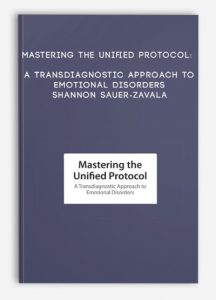
Mastering the Unified Protocol: A Transdiagnostic Approach to Emotional Disorders – Shannon Sauer-Zavala
Description:
Real clients don’t fit into simple diagnostic categories. And when clients come in with multiple issues, it’s easy to fall into the “what do I treat first” trap.
But what if you could learn ONE protocol that gets to the heart of what creates suffering in every client with an emotional disorder, regardless of diagnoses?
Developed by Dr. David Barlow at Boston University, the Unified Protocol (UP) cuts across traditional diagnostic boundaries to focus on key psychological processes underlying most mental health issues. Leave behind the confusion and frustration of chasing treatment order or switching between approaches – with the UP, you will simultaneously reduce symptoms of co-occurring disorders, all while improving your clients’ quality of life.
In this workshop, Dr. Shannon Sauer-Zavala, co-developer of the UP, will walk you through 8 easy-to-learn modules and demonstrate how you can use UP principles flexibly to:
Harness your clients’ motivation toward change
Teach your clients to better understand and utilize the power of their emotions
Facilitate cognitive restructuring exercises to enhance the clarity of your clients’ thinking and deciding
Revamp your clients’ mistaken appraisals of triggering body sensations
Improve your clients’ ability to be present and in charge of their behaviors
Outline:
Controversial issues in diagnosis
History of mental health disorders classification
Categorical approach: the problem of phenotypic overlap
Comorbidity – when only the content of worries distinguishes diagnosis
Ill-fitting diagnostic boxes: unspecified and subthreshold presentations
Rationale for transdiagnostic treatment and a return to lumping disorders
Conventional approaches: the burden of one diagnosis = one treatment
Personality/temperamental factors supporting a transdiagnostic approach
Neurobiological evidence for going deeper than symptom level
The two vulnerabilities to developing emotional disorders
Experiencing strong emotions and having strong negative reactions to intense emotions
Transdiagnostic case conceptualization – when avoidance backfires
Unified Protocol: core strategies to increase clients’ willingness to experience strong emotions
Starting out: Understanding what gets clients going and what keeps them stuck
Conducting assessments and getting clients on board with UP treatment
Harnessing and maintaining motivation
Exercise: Goal setting and decisional balance
Case study
Developing a better understanding of emotional experience
Teaching clients the adaptive function of their uncomfortable feelings
“Just relax” – understanding the interacting components of thoughts, physical sensations, and emotions
Break out of the vacuum – recognizing the ARC (antecedents, response, consequence)
Exercise: Cultivating mindful attention and Mindful mood induction
Case study
Shining a light on how thinking generates and maintains distress
Dismantling thinking traps: the role of automatic, habitual cognitive appraisals
Targeting specific types of cognitive inflexibility: overestimation and catastrophizing
What to do when cognitive work falls flat with your clients
Exercise: Ambiguous picture
Understanding and countering avoidance strategies
The five categories of emotional behaviors that reinforce symptoms
Deciding on alternative action experiments
Exercise: Paradox of suppression
Case study
Fostering more accurate appraisals of body sensations
Shaking clients’ conviction that they cannot handle situations and emotions
Interoceptive exposures – de-triggering your clients’ physical experience
Exercise: Playground metaphor and generating exposure ideas
Case study
Climbing the ladder of emotion exposures
Situational, imaginal, interoceptive!
Creating strong emotion to show clients they can cope
Exposure preparation and debriefing
Exercise: Create a hierarchy
Case study
Maintaining gains and preventing relapse
Treatment consolidation and relapse prevention
Tips for teaching clients to be their own therapist
Exercise: Distinguish symptom relief goals from well-being goals
Limitations of the research and potential risks
NLP online course
So what is NLP?
Firstly, NLP stands for Neuro-Linguistic Programming. Secondly neuro refers to your neurology;
Thirdly linguistic refers to language however, programming refers to how that neural language functions.
As a result,In other words, learning NLP is like learning the language of your own mind!
Moreover, NLP is the study of excellent communication–both with yourself, and with others.
It was developed by modeling excellent communicators and therapists who got results with their clients.
NLP is a set of tools and techniques, but it is so much more than that.
In conclusion, It is an attitude and a methodology of knowing how to achieve your goals and get results.


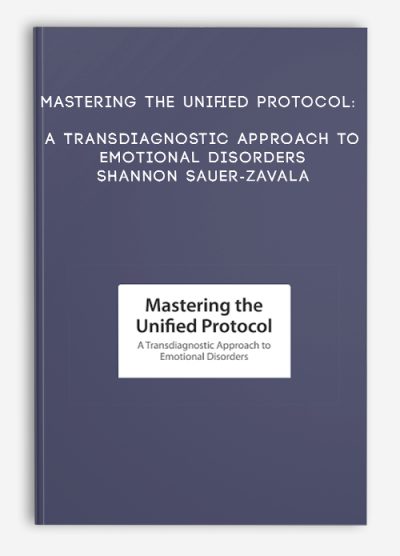

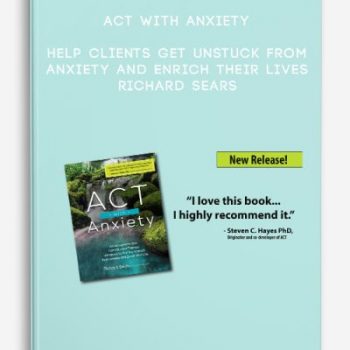

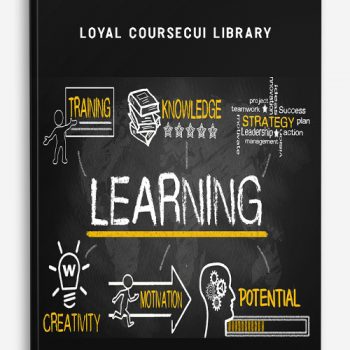

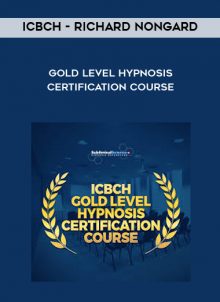

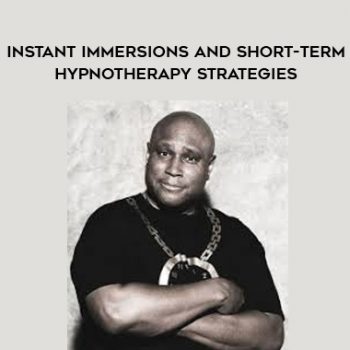
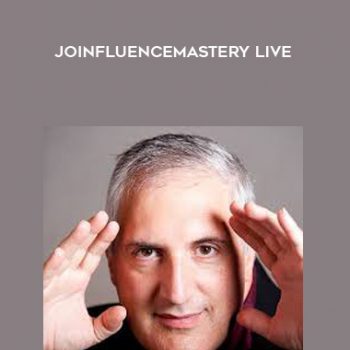

tristian –
This is Digital Download service, the course is available at Vincourse.com and Email download delivery.